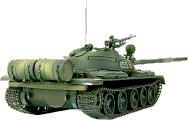Strategic Command: WWII Pacific Theater Game Review
There is a lot to love and review in Strategic Command: WWII Pacific Theater, a fun, gorgeous, epic turn-based strategy wargame. The scale is just right, the graphics are really beautiful, and the entire game is so intuitive, I only had to refer to the manual twice. Here are some screenshots. The Review of Strategic Command: WWII Pacific Theater Game is AFTER the images.
First, some screenshots. The review follows below.
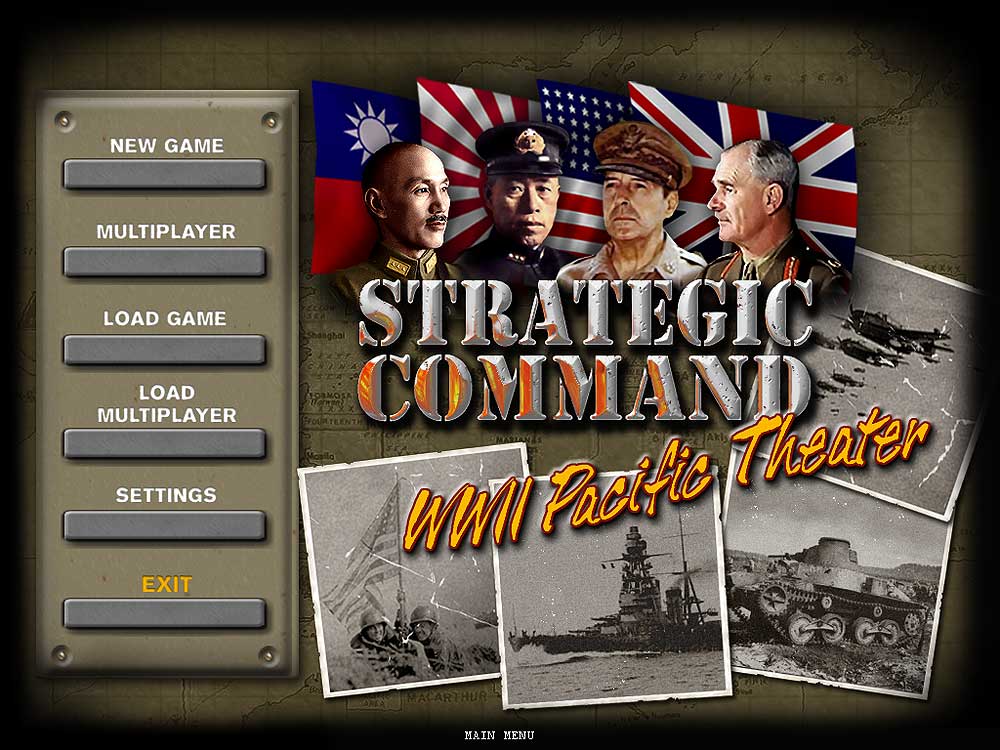 Start Screen
Start Screen
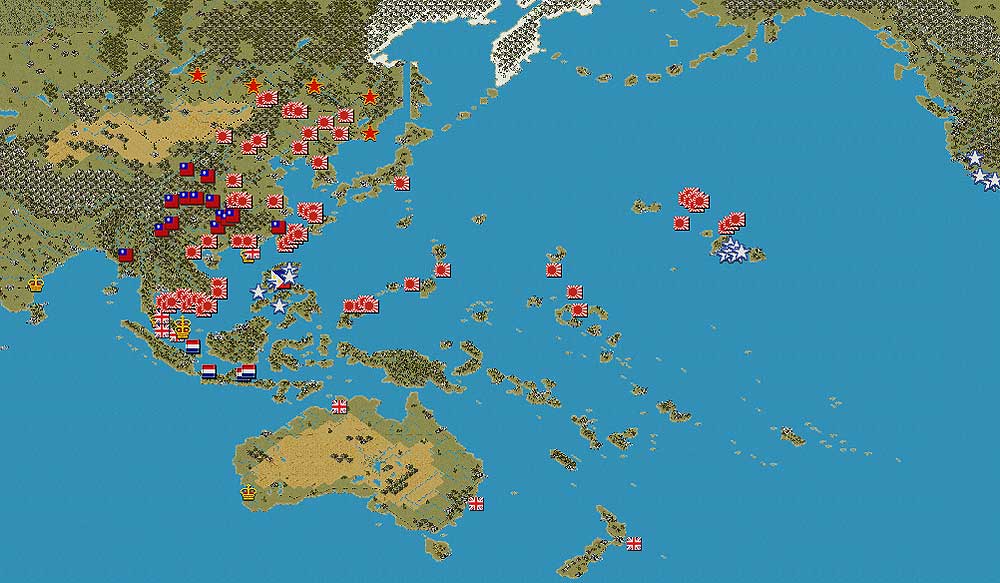 The entire game and all units at a glance.
The entire game and all units at a glance.
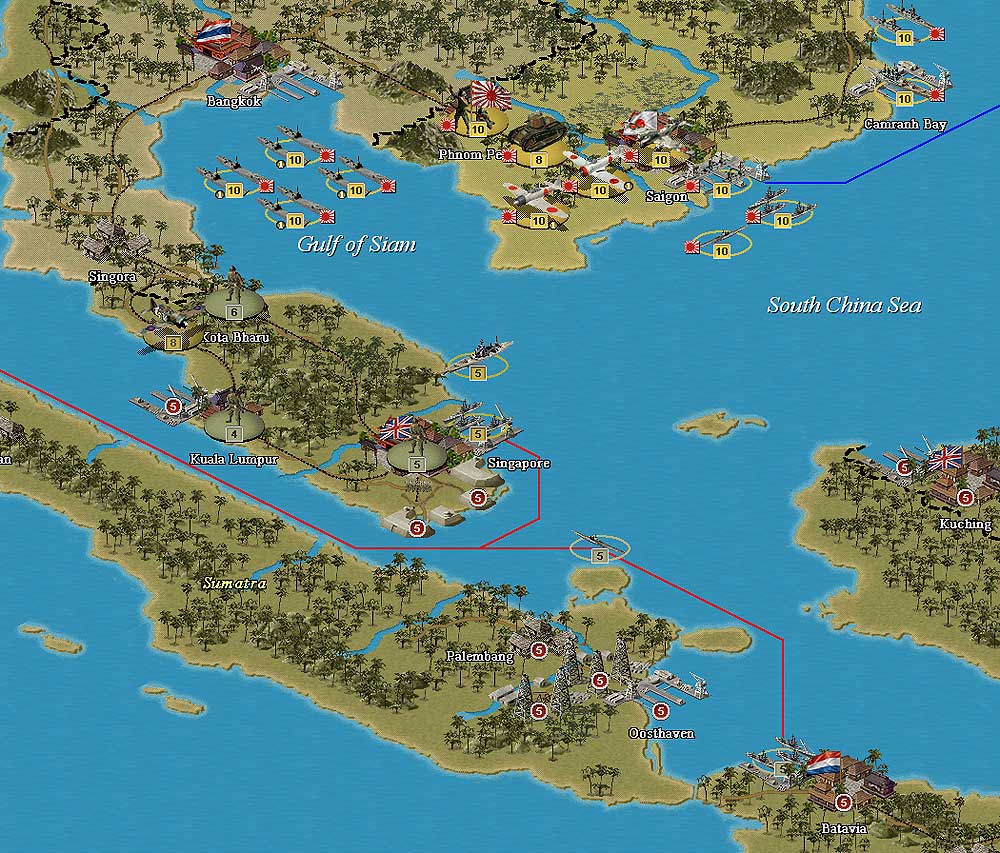 Singapore
Singapore
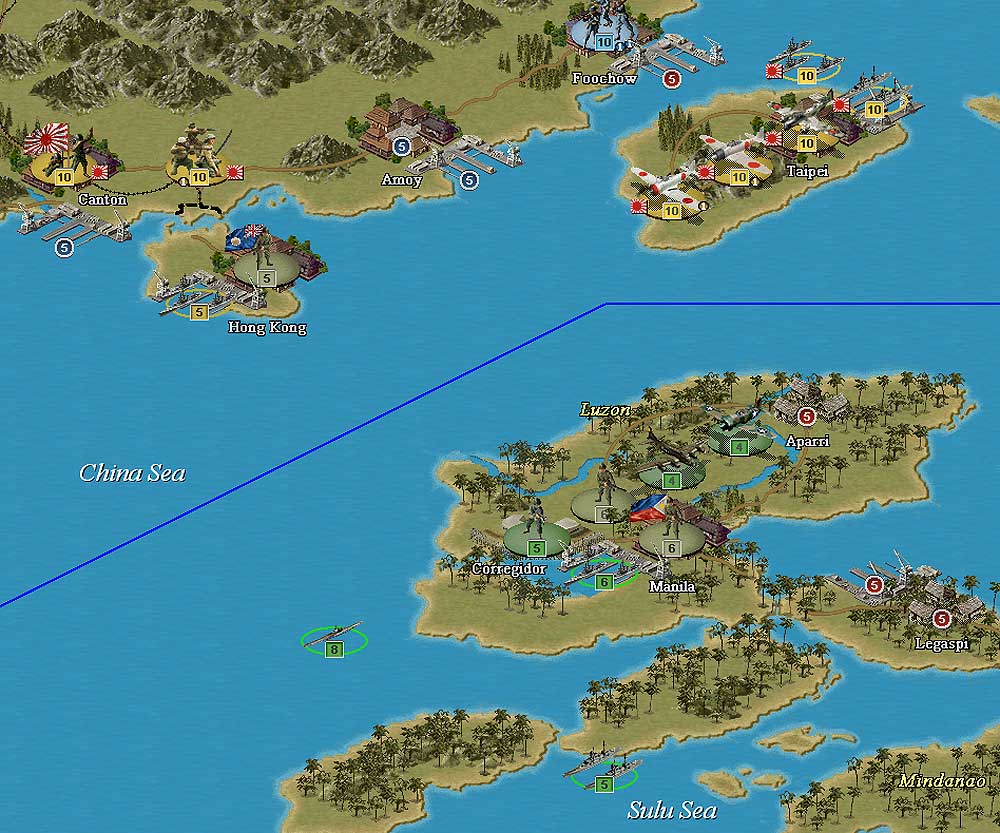 Hong Kong, Taiwan, etc.
Hong Kong, Taiwan, etc.
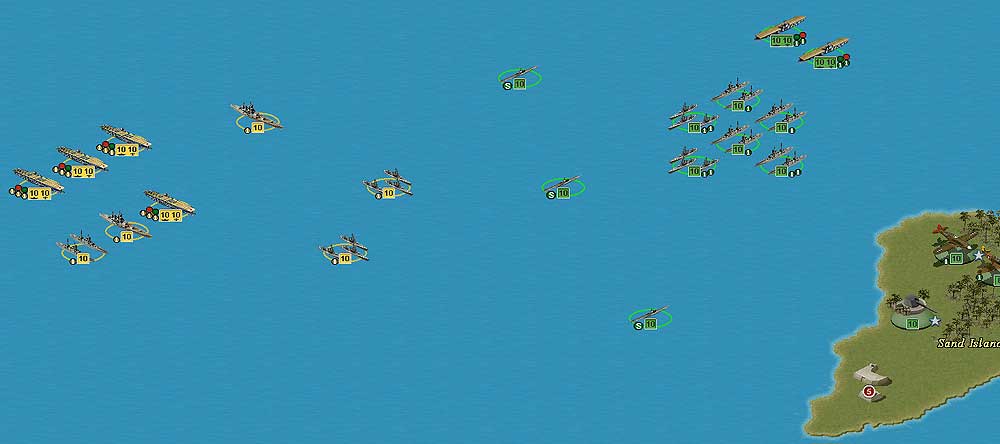 Midway detail
Midway detail
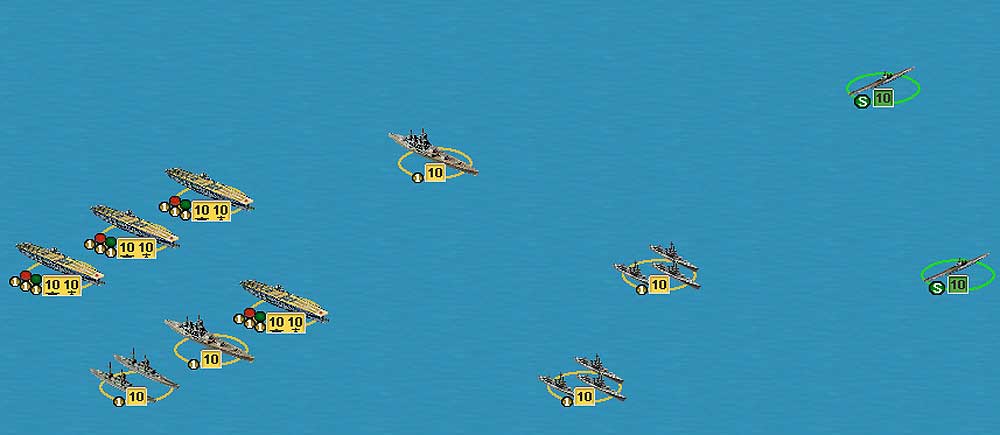 Midway, zoomed in even further
Midway, zoomed in even further
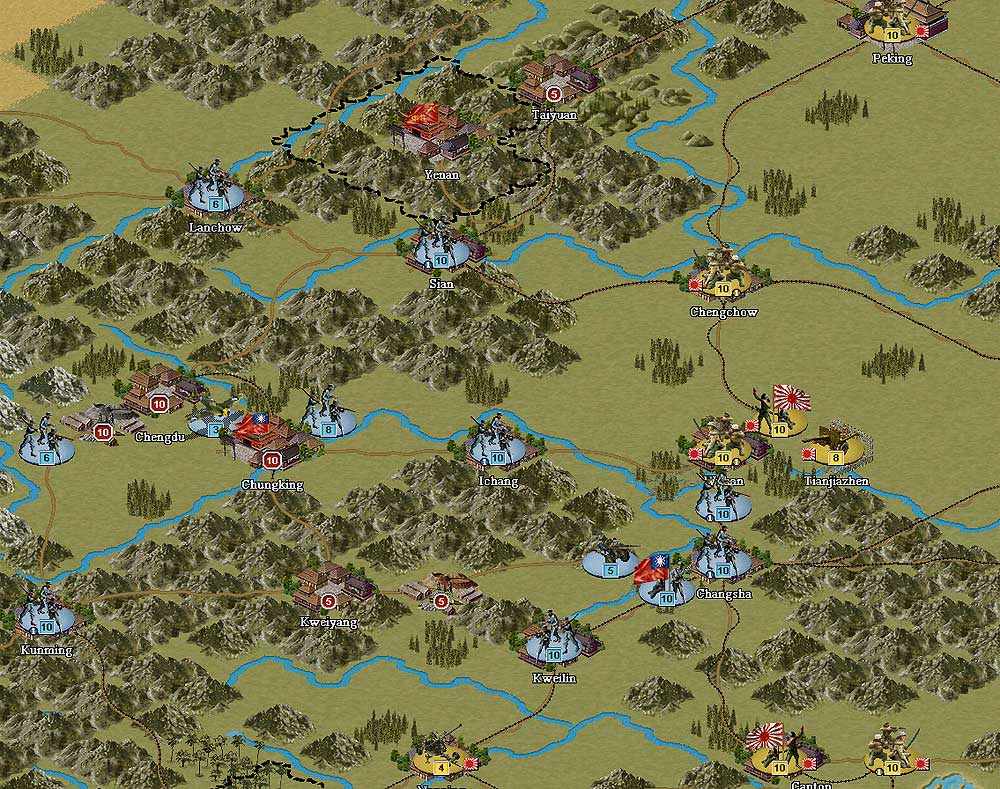 Mainland China as the Nationalists fight the Imperia Japanese Army
Mainland China as the Nationalists fight the Imperia Japanese Army
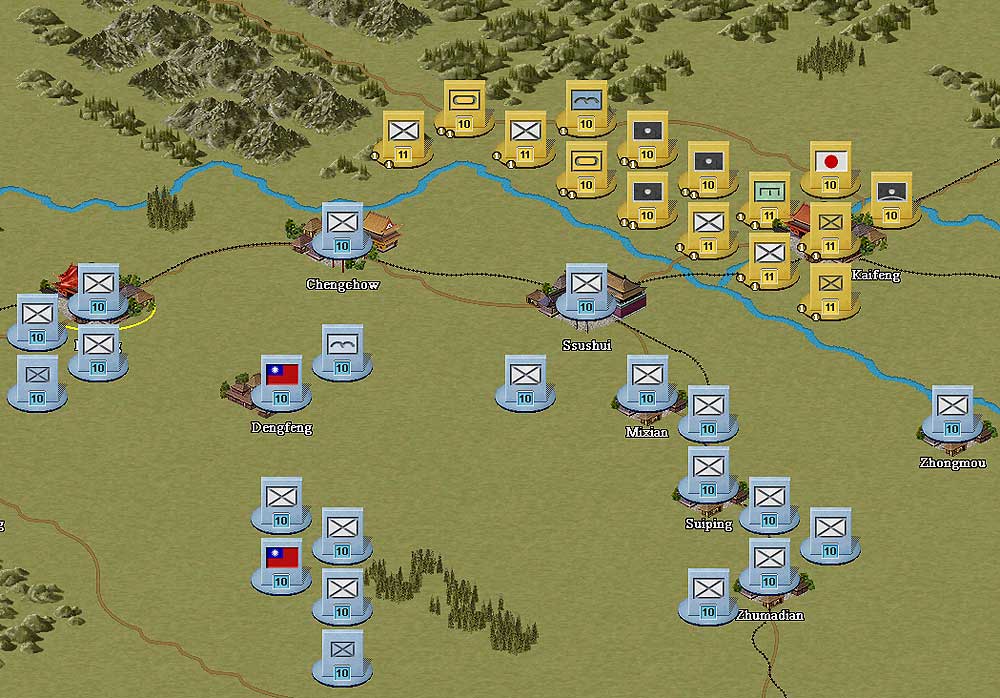 Mainland China, using simplified icons
Mainland China, using simplified icons
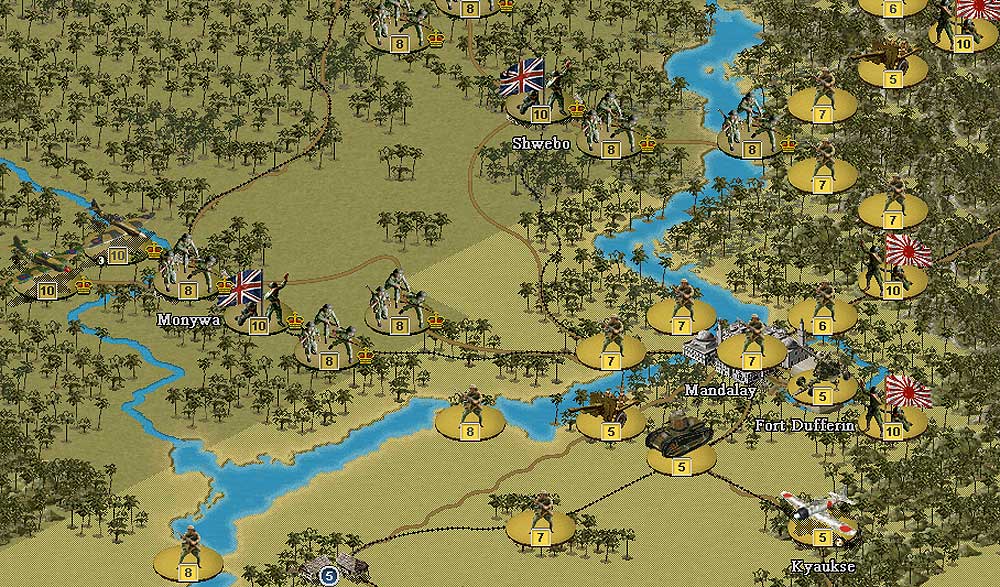 Detail of fighting around Mandalay
Detail of fighting around Mandalay
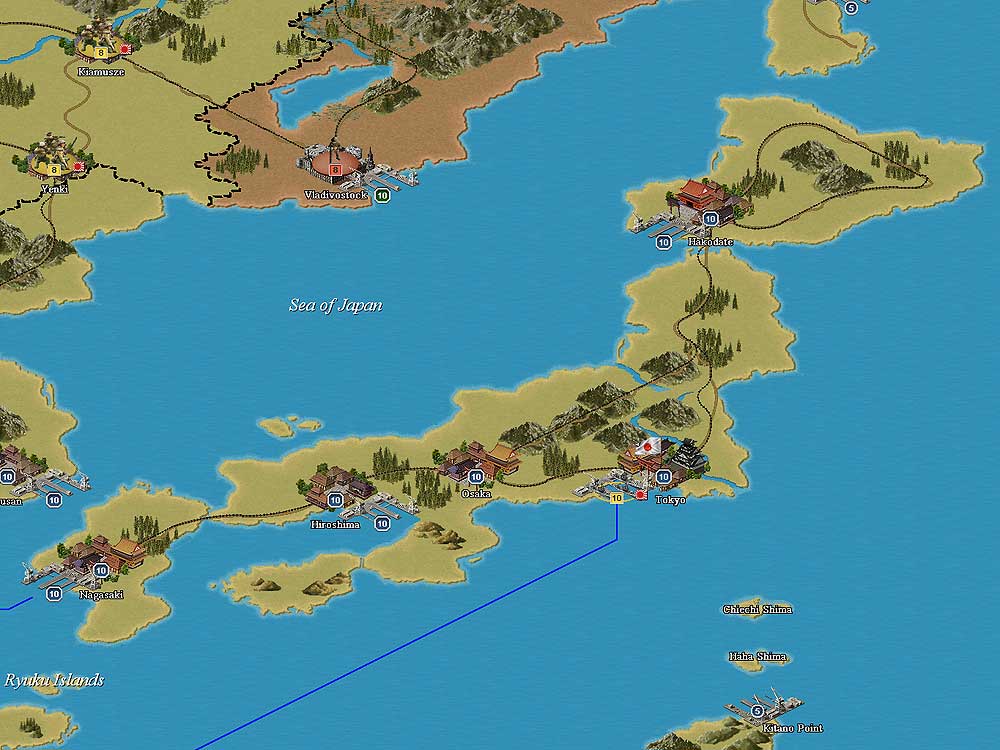 Japan, though usually when there is fighting on it, it's full of ships, armies and warplanes
Japan, though usually when there is fighting on it, it's full of ships, armies and warplanes
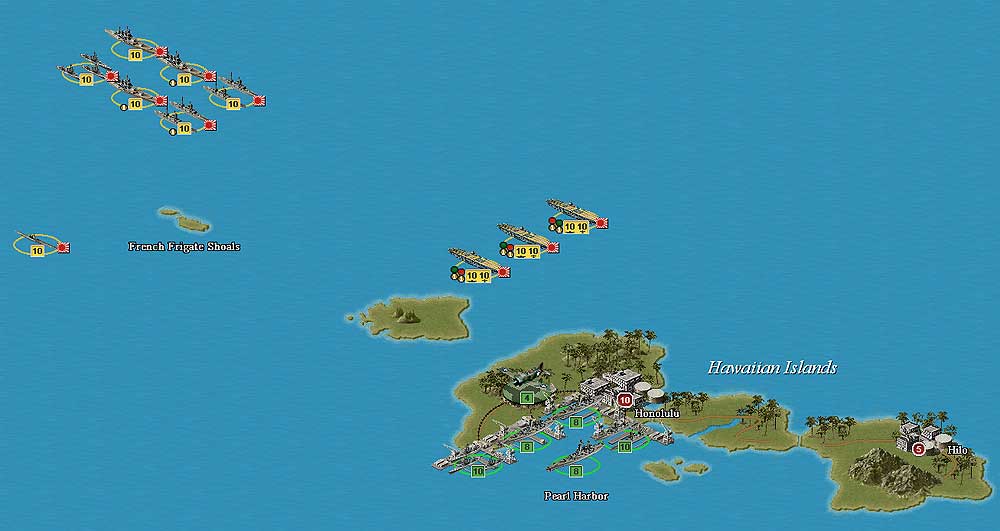 Pearl Harbor, just before the attack
Pearl Harbor, just before the attack
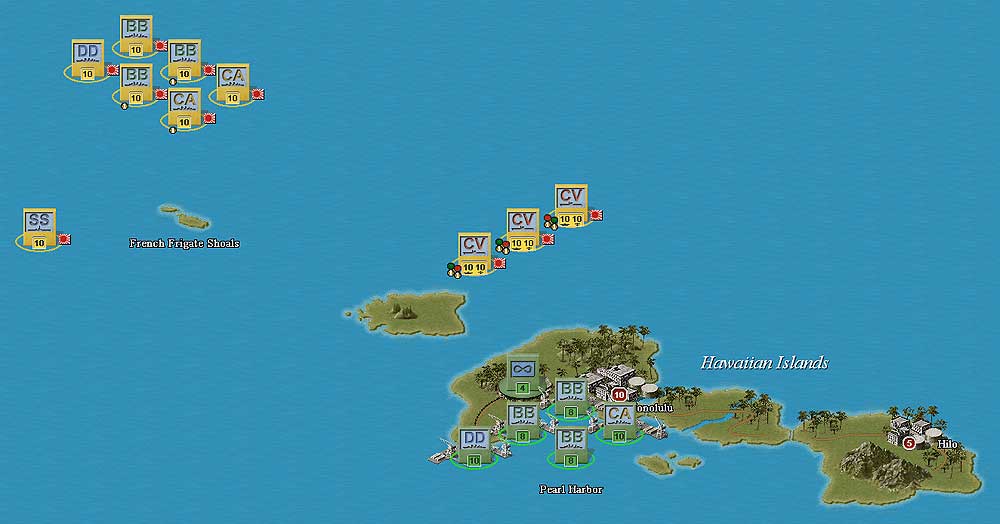 The same as above, but with the simplified icons that the player can opt to use at any time
The same as above, but with the simplified icons that the player can opt to use at any time
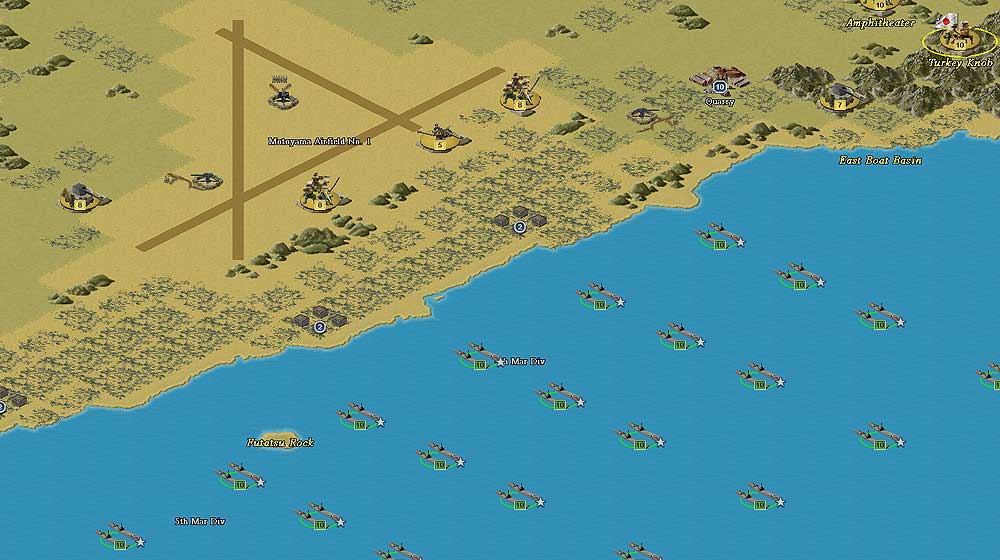 Iwo Jima
Iwo Jima
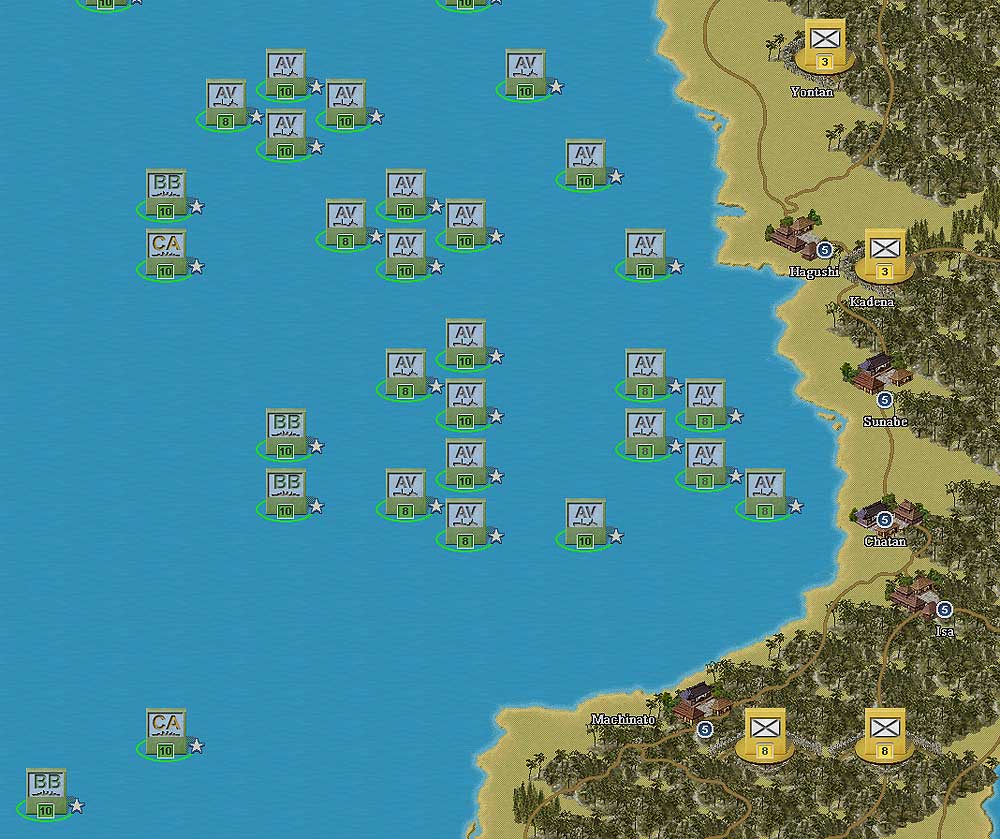 Okinawa
Okinawa
Strategic Command: WWII Pacific Theater has 21 unit types. This includes HQs (representing generals such as Douglas MacArthur), corps, special forces (including marines), engineers, fighters, tactical bombers, strategic bombers, destroyers, cruisers, aircraft carriers, battleships, submarines and more. The game has an excellent supply model and an equally sophisticated weather model. Nineteen terrain types include clear, mountain, ocean, desert and everything in between. Terrain, weather and supply impact both movement and combat. The weather also affects spotting. Resource types include cities, ports, mines and oil. Land movement is by roads and railways. All this is exactly the way a game should be, and yet rarely is!
No one will be surprised that the United States, Japan and Great Britain are principal combatants in the game. But delightfully, game designer Hubert Cater has included China, the USSR and multiple "minor" powers such as Australia, New Zealand and Burma. Campaigns like Operation Z cover the Pacific Theater (meaning from India to the US West Coast, from Australia and New Zealand up to Alaska) from December 7, 1941 to mid-1946. About 10 smaller campaigns cover specific battles such as Iwo Jima, Okinawa, Midway, Guadalcanal and Burma.
Strategic Command: WWII Pacific Theater has an incredibly powerful scenario editor permitting one to edit campaigns or create new ones. It allows naming units, setting up caps on how many of each type of unit can be purchased and so much more. Because of the many scripts and settings, creating new campaigns is complex. But modifying existing ones is easy and loads of fun.
The documentation is an excellent 165 page .pdf. However, Strategic Command: WWII Pacific Theater is so intuitive that reading it is mostly unnecessary.
This fun game is not, er, all fun and games, however. A few technical modifications would make this already super game truly amazing. Above all is the computer artificial intelligence (AI) turn length of about 10 minutes per turn. Toggling the F3 key turns off some messages, each of which shows for about 10 seconds. This speeds the AI turn up some. The game requires many extra keystrokes. For instance, building an aircraft carrier that has +5 Advanced Aircraft, +2 Naval Warfare and +5 Long-Range Aircraft requires 5+2+5=12 additional clicks. So far so good. However, purchasing two more similar carriers will also require 12 clicks each. Deploying units also requires two clicks per unit instead of just one.
For me at least, if my computer goes to sleep, it stops the game (whether the game has been saved or not), requiring me to restart from the last explicit save. Since a typical turn cycle (AI + player) might be 25 minutes, this could lead to a big loss of time. Oh, and saving games takes a while. The save games seem impossible to find to delete. But a neat trick is that when the save game dialog box opens, one can delete one or more existing games. Then next time the save game dialog box opens, it loads significantly faster. The save games have a date stamp, but no time stamp. So if there is an autosave game and a user saved game from the same date, it is unclear which was saved last. And a very minor issue: engineers can build forts, but not roads or railways. So actually, that's more of a request to allow engineers to also build roads and railways.
Ultimately, because of the AI delays and the extra clicks, Strategic Command: WWII Pacific Theater scores a 7. However, these seem to be easy fixes, which would make this otherwise fantastic game a 9 or 10. Narayan Sengupta.

 Home
Home Hearts of Iron
Hearts of Iron



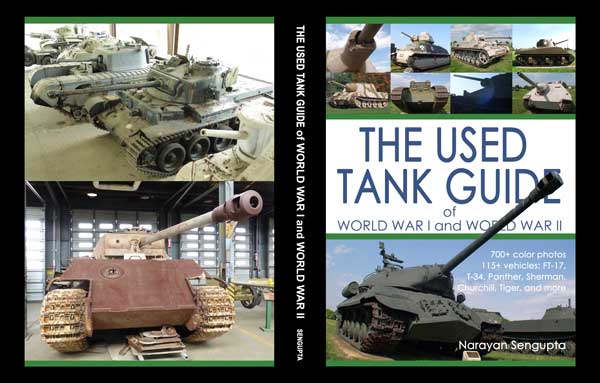

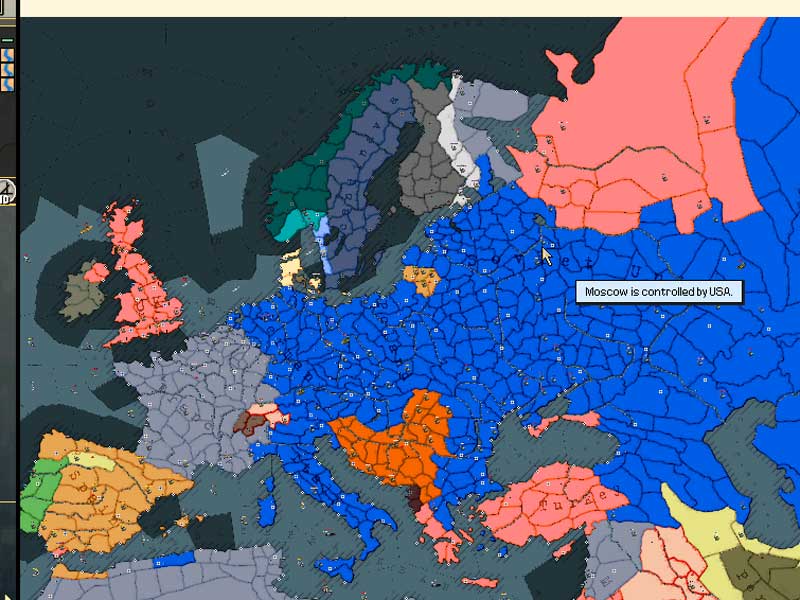
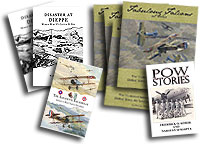


 French Military Victories...
French Military Victories...